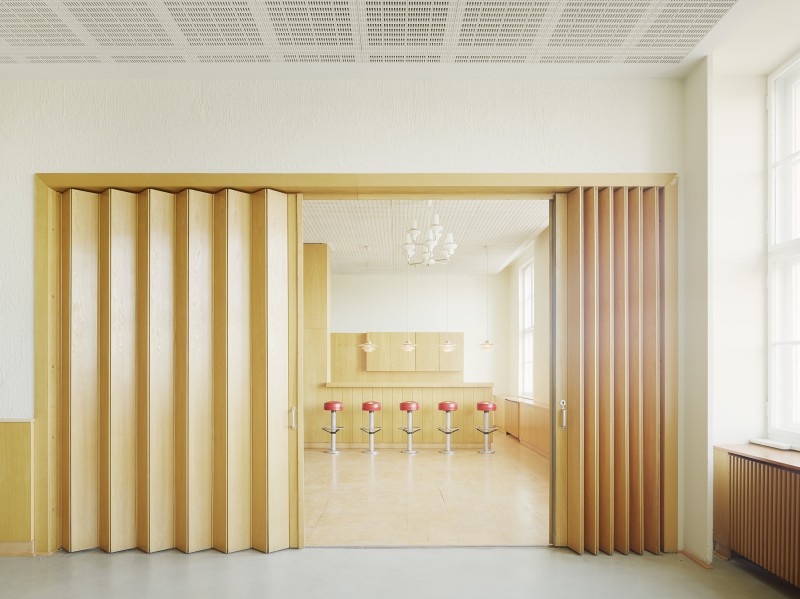
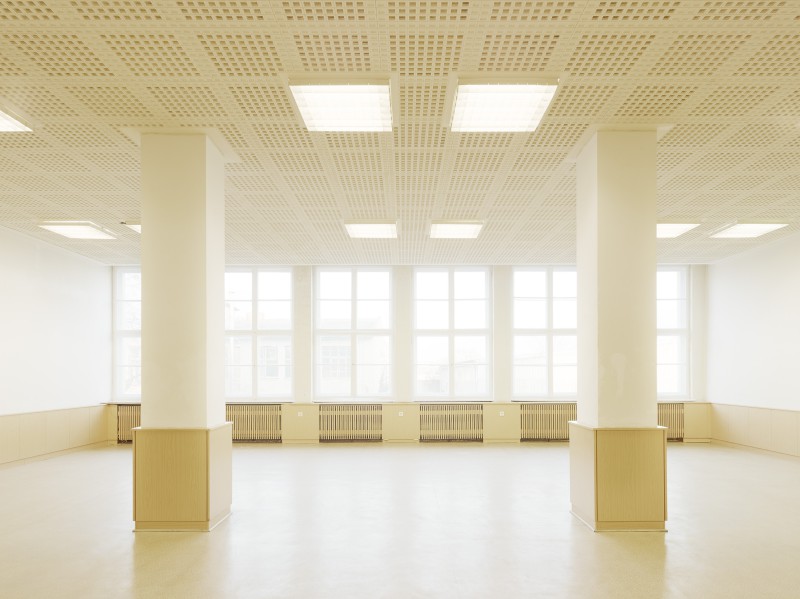
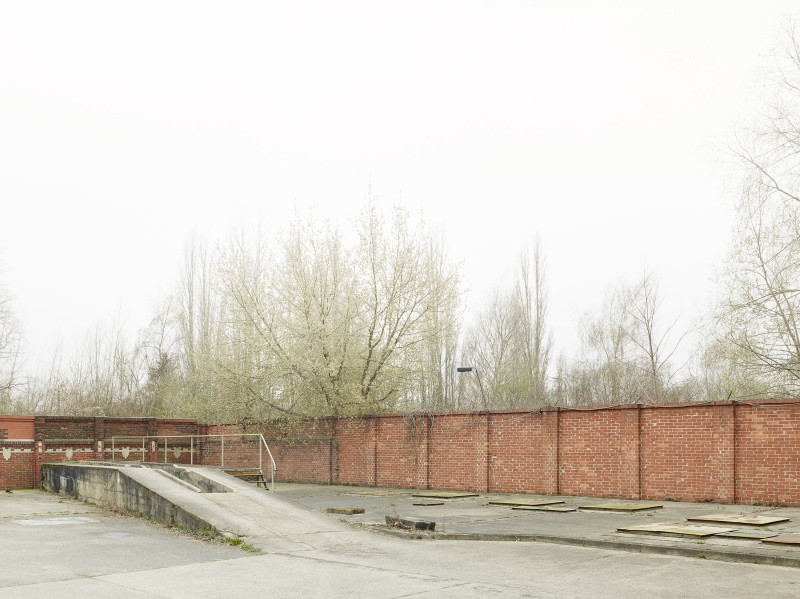
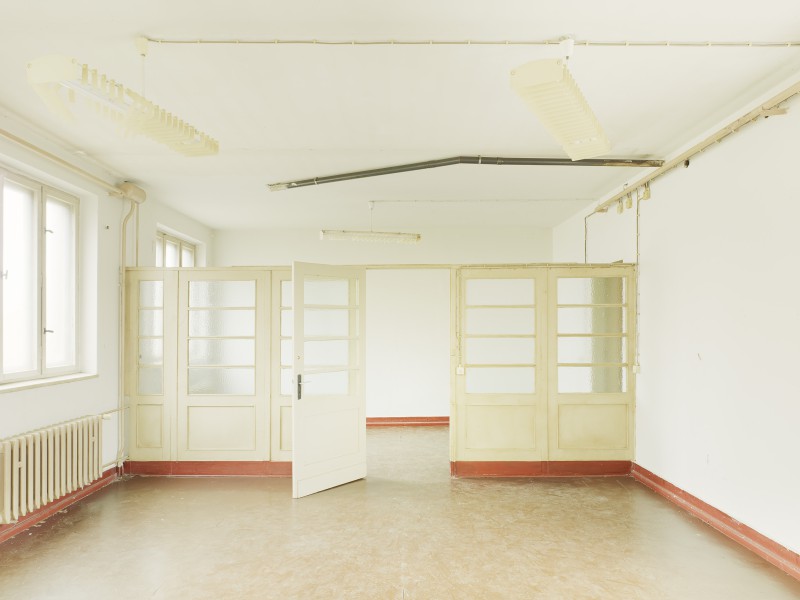
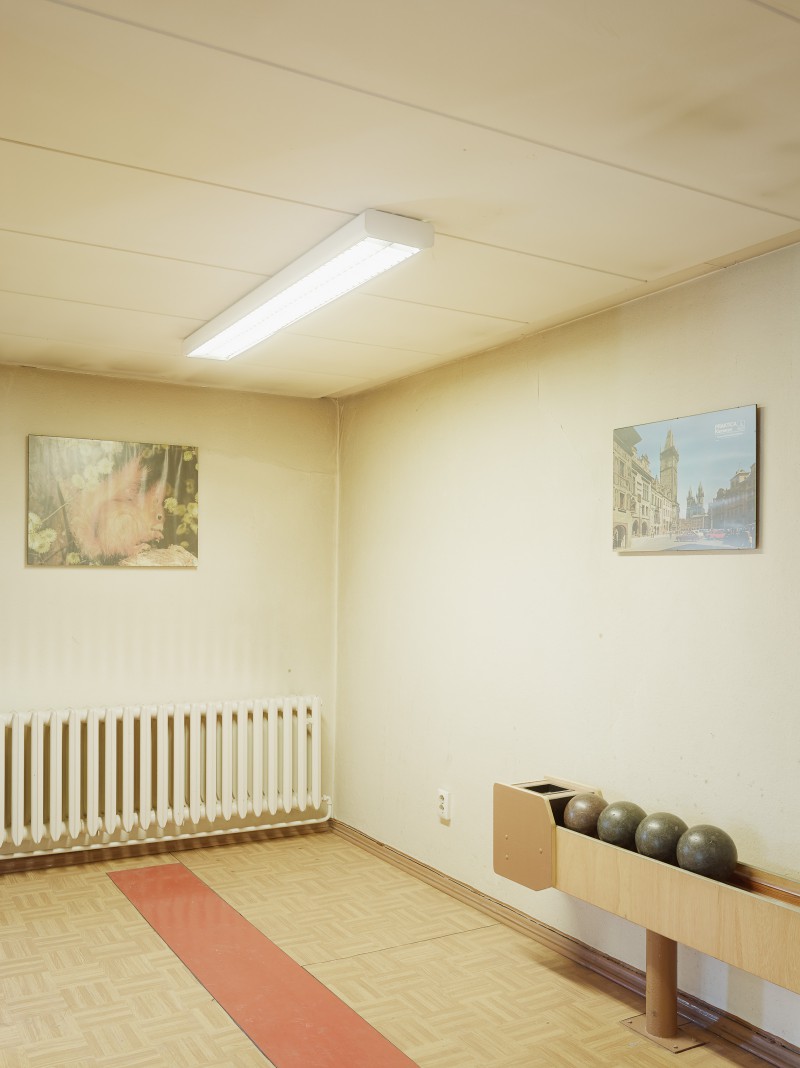
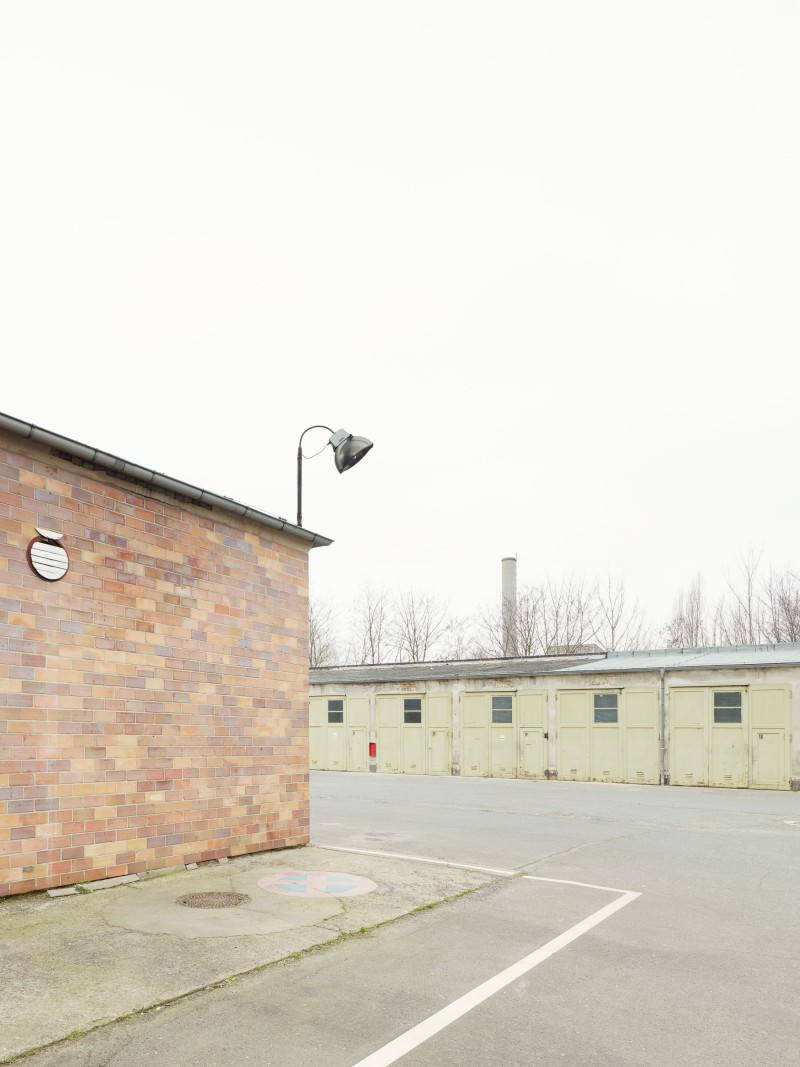
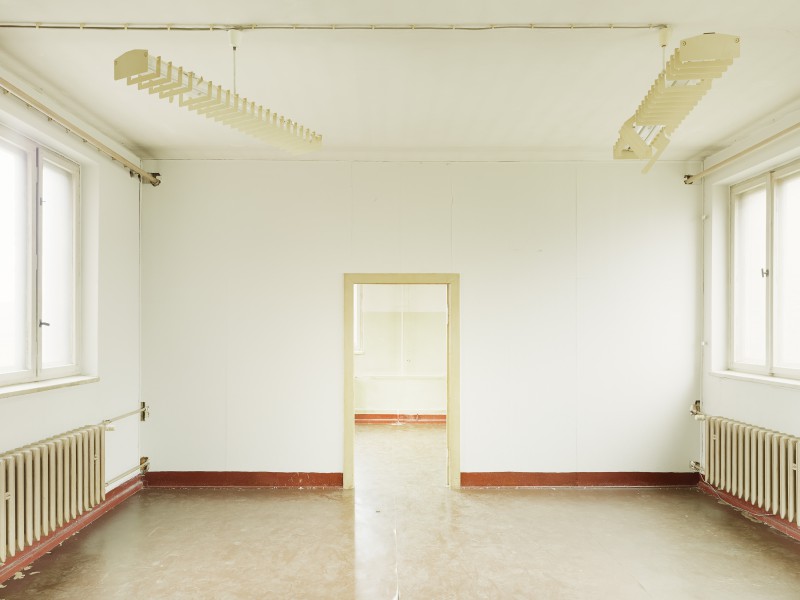
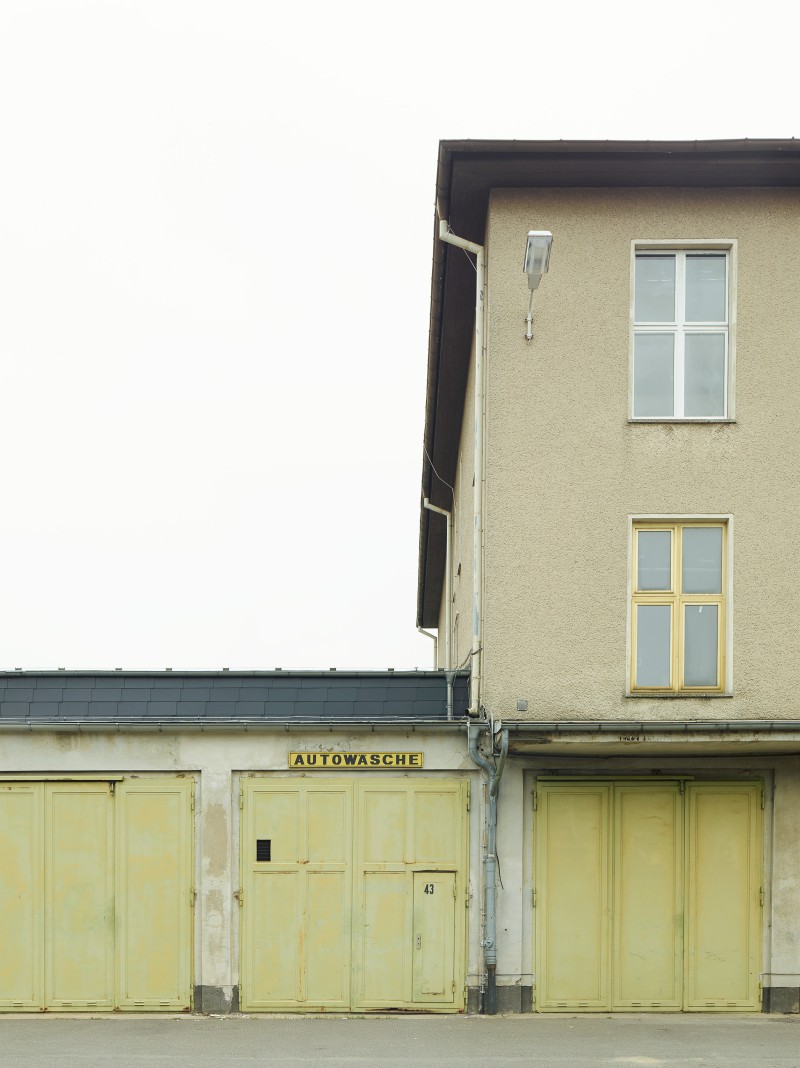
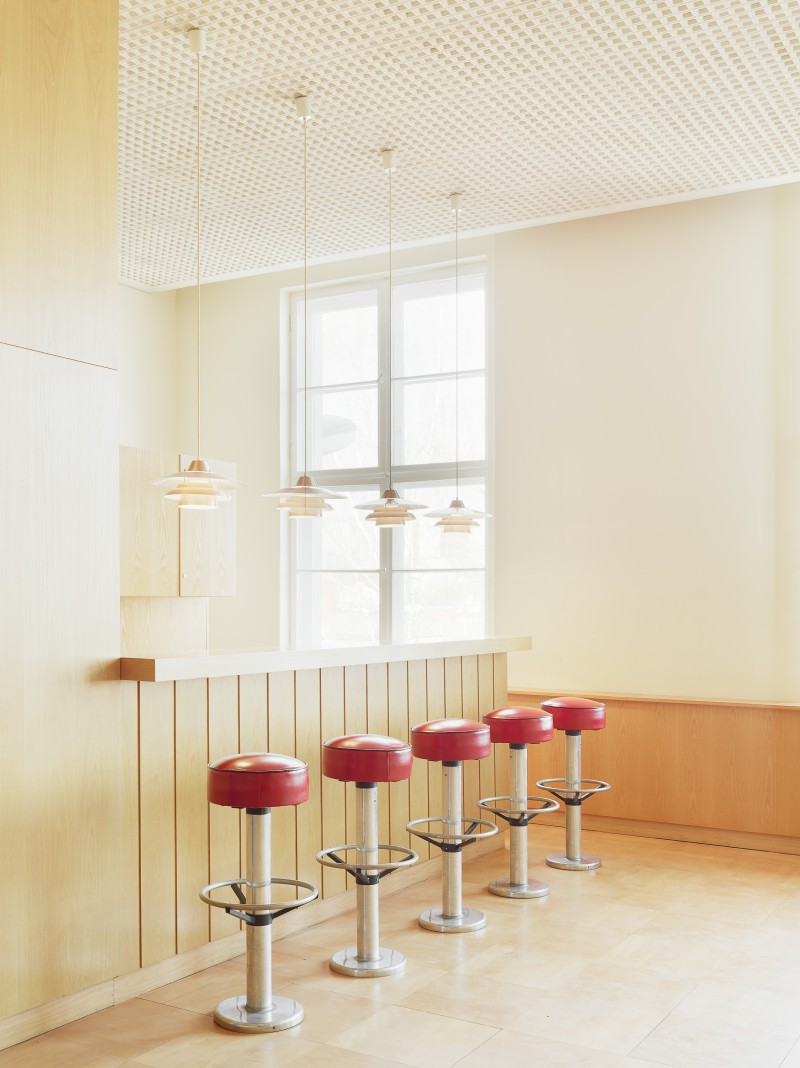
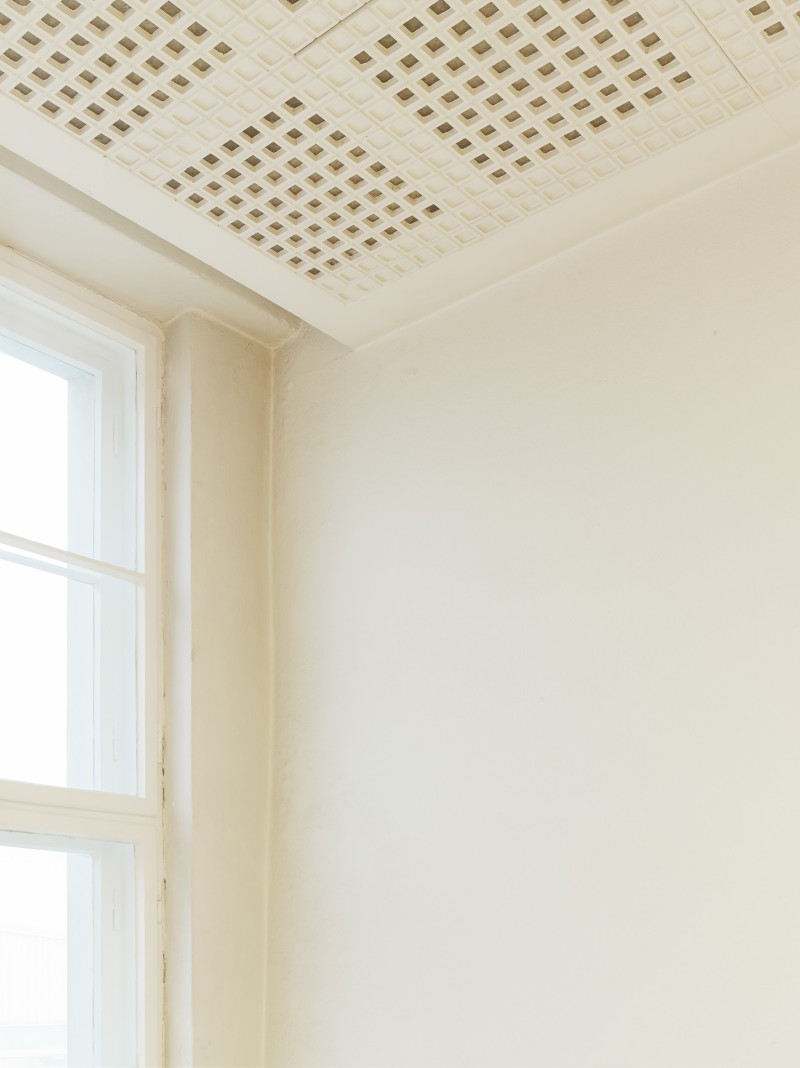
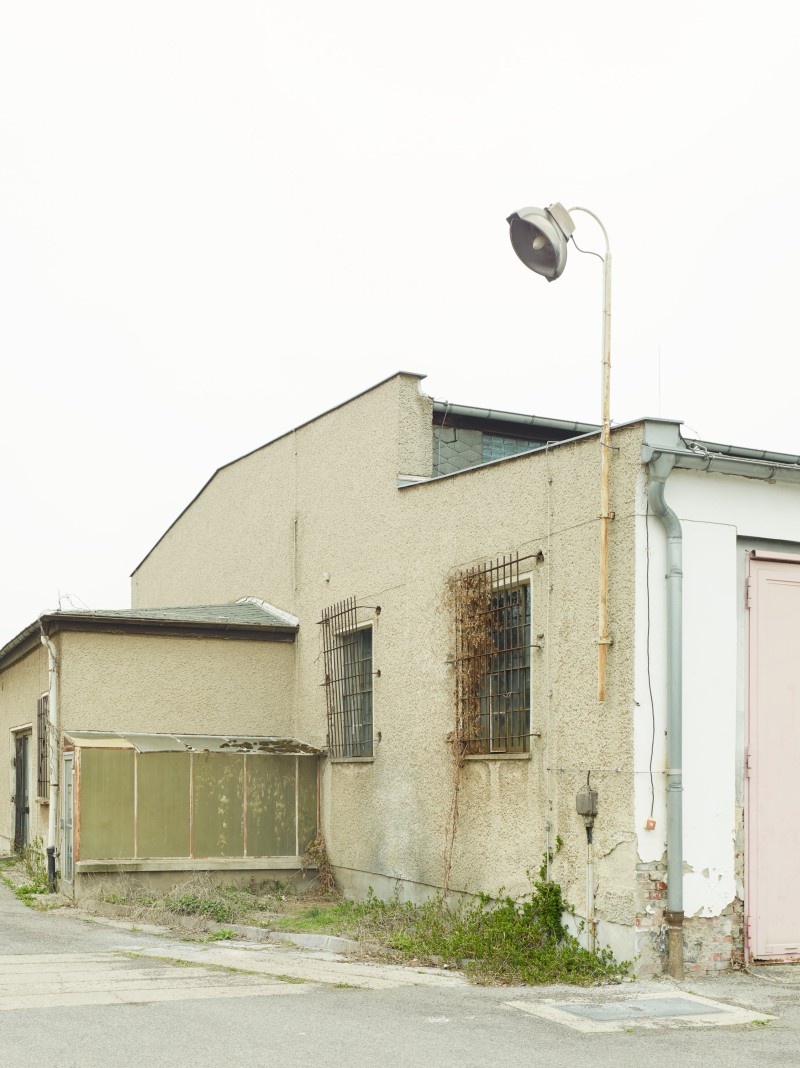
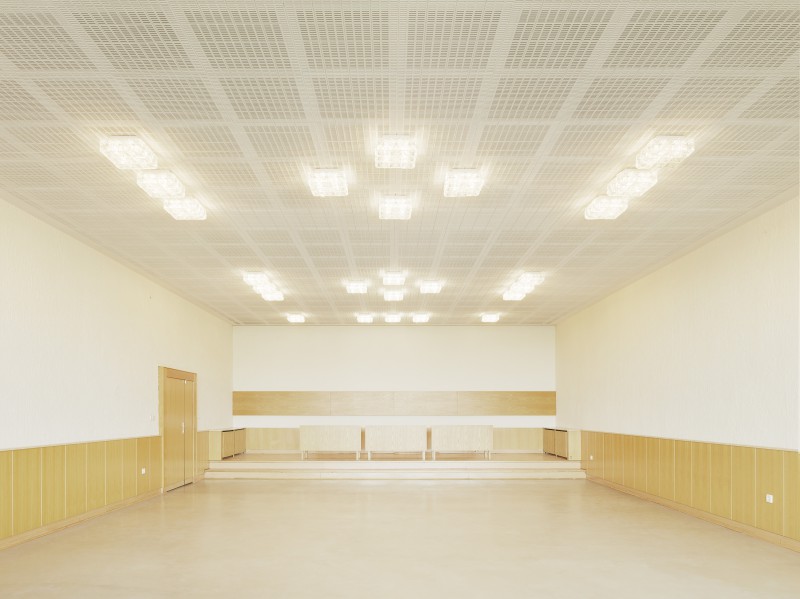
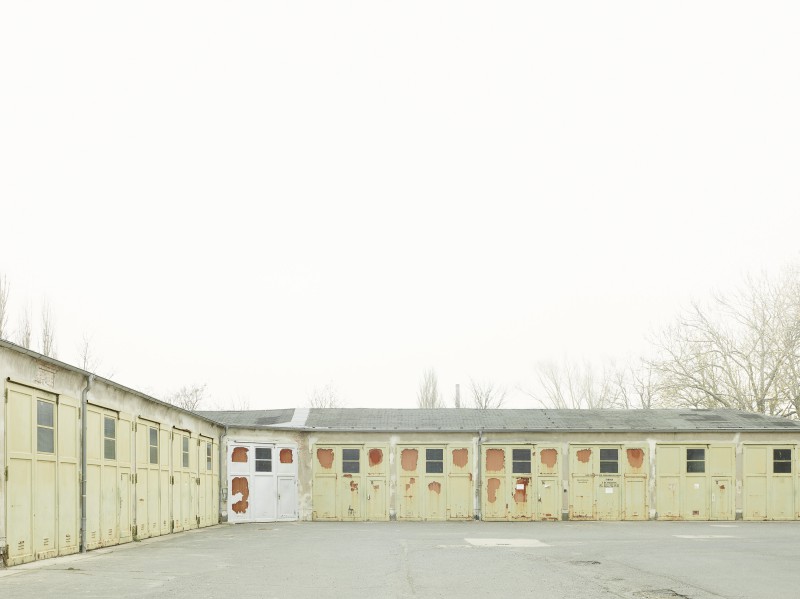
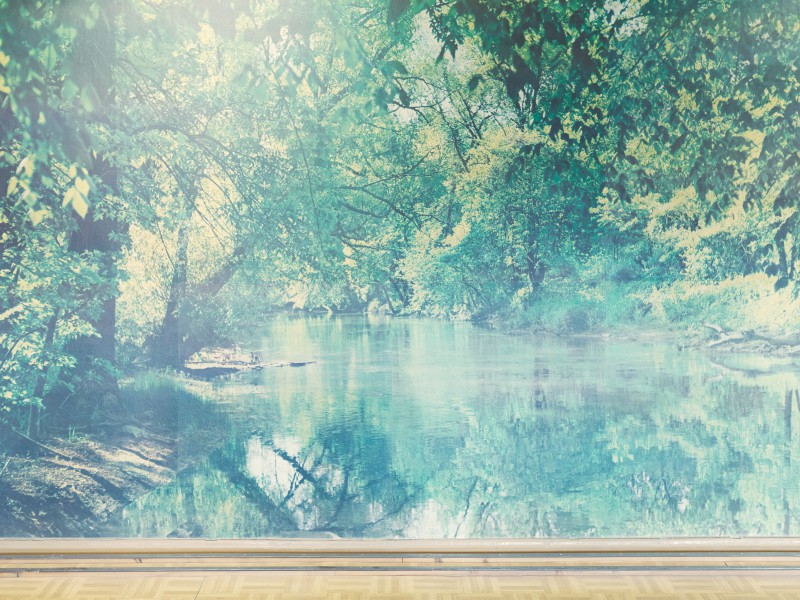
All that is missing are the sleek Czech limousines, the black Tatras 613, that once chauffeured SED officials through Berlin. As many as 30 of these Tatras were part of the GDR fleet. "The right of way built-in," they said of these vehicles. Erich Honecker was driven in one, or at least one of his ministers. They were therefore waved through without failand given the green light. State cars were parked in Lichtenberg's "Fahrbereitschaft". Later, the SED grandees even bought cars from the West. Polished and serviced there, they were little treasures in the grey GDR state. Today, the fleet of cars is history, but the carpool grounds are still very much alive: 13 buildings across 18,000 square metres make up what was then the secret location of the Council of Ministers. Only a few people knew what was concealed in the premises on Herzbergstraße. The limousines were not the only things parked here; the "Fahrbereitschaft" was an enclosed high-security zone, fenced off with barbed wire: an illustrious club for politicians. Today, anyone who saunters through the large courtyard, past the garages, and takes a seat on the red bar stools inside the casino, where SED officials once sipped on beer and schnapps, can smell the faded charm of the GDR's nobility. Under this roof, the SED elite entertained themselves at the bowling alley or worked up a sweat in the second-floor sauna. Everything remains as if someone had locked the doors back then and only just unlocked them: worn linoleum floors, yellowed floral wallpaper, and framed photographs on the walls.
Except that today the “Fahrbereitschaft” is no longer home to grey political appointees, but a space for art. Axel Haubrok now possesses a bulky set of keys with which he can unlock all the doors and garage gates. Haubrok and his wife are art collectors, who acquired the site and made it available to artists. Art installations now fill the light-flooded halls. And the garages where Tatras used to park are now home to ateliers.